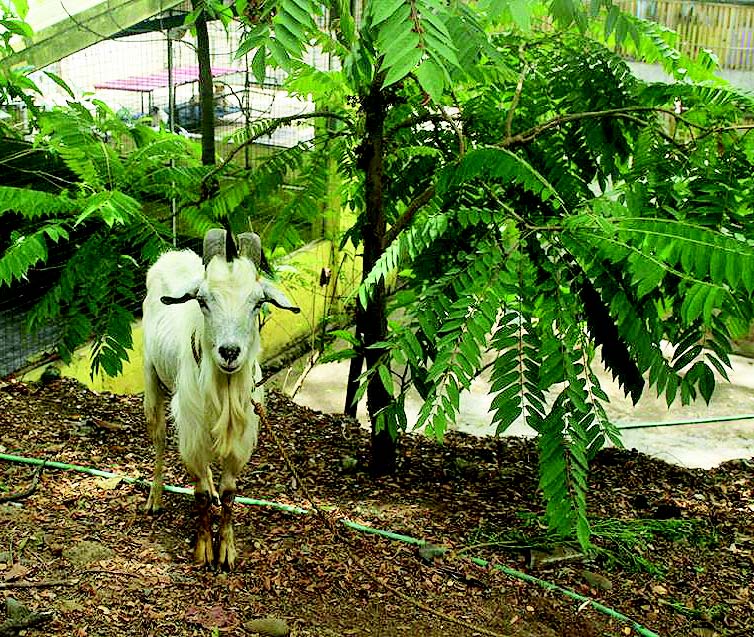It’s hard to ignore the news about what’s happening to the Cats of BGC or even “Oplan Doghang campaign” in some village in Quezon City. This brings up, of course, talks about animal abuse and animal welfare. So one starts thinking, what do you do if there’s an animal being abused? How can you help?
One option is to report the incident to an animal shelter. One specific shelter is the Philippine Animal Rescue Team. They are the first and only no-kill shelter in the Philippines and are registered at the Securities and Exchange Commission (SEC).

But what kind of work exactly goes into running an animal shelter? We at Animal Scene interviewed Stephanie Lim, one of the administrators of the Philippine Animal Rescue Team — PART for short — about what goes on behind the scenes of an animal shelter.
One for all
“We are prepared to care for any animal, whether domestic, farm, or wildlife,” says Lim.
PART does not discriminate against animals in need, and are willing to take in all animals. But given how their Paws and Claws Animal Sanctuary (PCAS) is home to more than 500 animals, they’re happy to get all the help they can get.

“We have 14 kennels [and] seven catteries,” counts Lim. Of the 500 animals they have in their sanctuary, most are dogs and cats, with the former at 170 and the latter at “over 300.”
Not only does PART take in domestic animals like cats and dogs – and also turtles! – but they also have some farm animals living in their sanctuary. PART also takes in goats, ducks, chickens, and turkeys, where they remain happy and healthy and, just like the domestic animals, are “ready for adoption [by] a responsible animal lover anytime.”
Never too safe
PART spares nothing when it comes to rescuing and rehabilitating animals in need of help. Their “Second Chance” program for the animals is a long process that does not end as soon as they’re in the sanctuary. Actually, according to Lim, even after they bring the rescued animal to the vet and they’re cleared health-wise, they aren’t immediately brought to the sanctuary.

“Once released, the animal . . . stays in a quarantine area for six months. [They do] not go straight to the kennels and catteries.”
They do this to prevent outbreaks. PART wants to be careful to avoid diseases from spreading to the 500-or-so animals they have in their shelter.
The quarantine area is off-limits to people so visitors aren’t brought there. Even the smallest sign of sickness has the staff running to the vet with the animal.
Missing: Djali the Goat
PART takes in not only domestic animals, but also those found in farms. One such “farm” animal was Djali, a goat who was with them since he was a kid.

Djali went missing from PCAS early October and they’ve been looking for him ever since. If you or anyone you know lives near or around the area of San Jose Del Monte, Bulacan, please contact PART for any leads on Djali. We would all love for him to come home safe and sound.
Not so Fabulous
Volunteering at the shelter means getting your hands dirty. Their website actually lists down tasks for volunteers, including cleaning the kennels and catteries. “Wear clothes that you don’t mind getting dirty,” it says on the website.
And yes, volunteering at an animal shelter may have its downsides.

“We’ve [had] only one mishap,” says Lim when asked about volunteer work. “A volunteer was accidentally bitten by a dog.” While recounting the incident, she mentions how 2they choose dogs who interact with volunteers. She says they make sure to “remind them that they must be comfortable with dogs or cats. If not, huwag ipilit (don’t force it).”
Lim says they don’t appreciate volunteers who go there only for photos “para ma-post lang sa FB nila na nagpunta sila sa isang shelter (just so they could post on FB that they went to a shelter).” It makes sense that their website has a reminder on their volunteer page: “Selfies and photography NOT allowed during your shift.”
Wildlife is a no-go
PART is prepared to care for any kind of animal but, according to Lim, they’re not authorized to take in wildlife. “All wildlife should go to [the Department of Environment and Natural Resources (DENR)].”

“We rescued a Pangolin but had to surrender it to the DENR.” Lim retells of the one time they rescued a wildlife animal. One of the PART administrators saw a Pangolin for sale in Ongpin. They went on a trip to the police station, during which the cops refused to hand over the sickly-looking female Pangolin.
“After hours of convincing them to release [the animal] to us, I told them the Pangolin looked like it was dying,” Lim says. After a quick check and a call to the vet, the animal was released to PART staff, who would then bring the Pangolin to their clinic and, later, surrender to DENR.
This appeared in Animal Scene magazine’s March 2019 issue.





